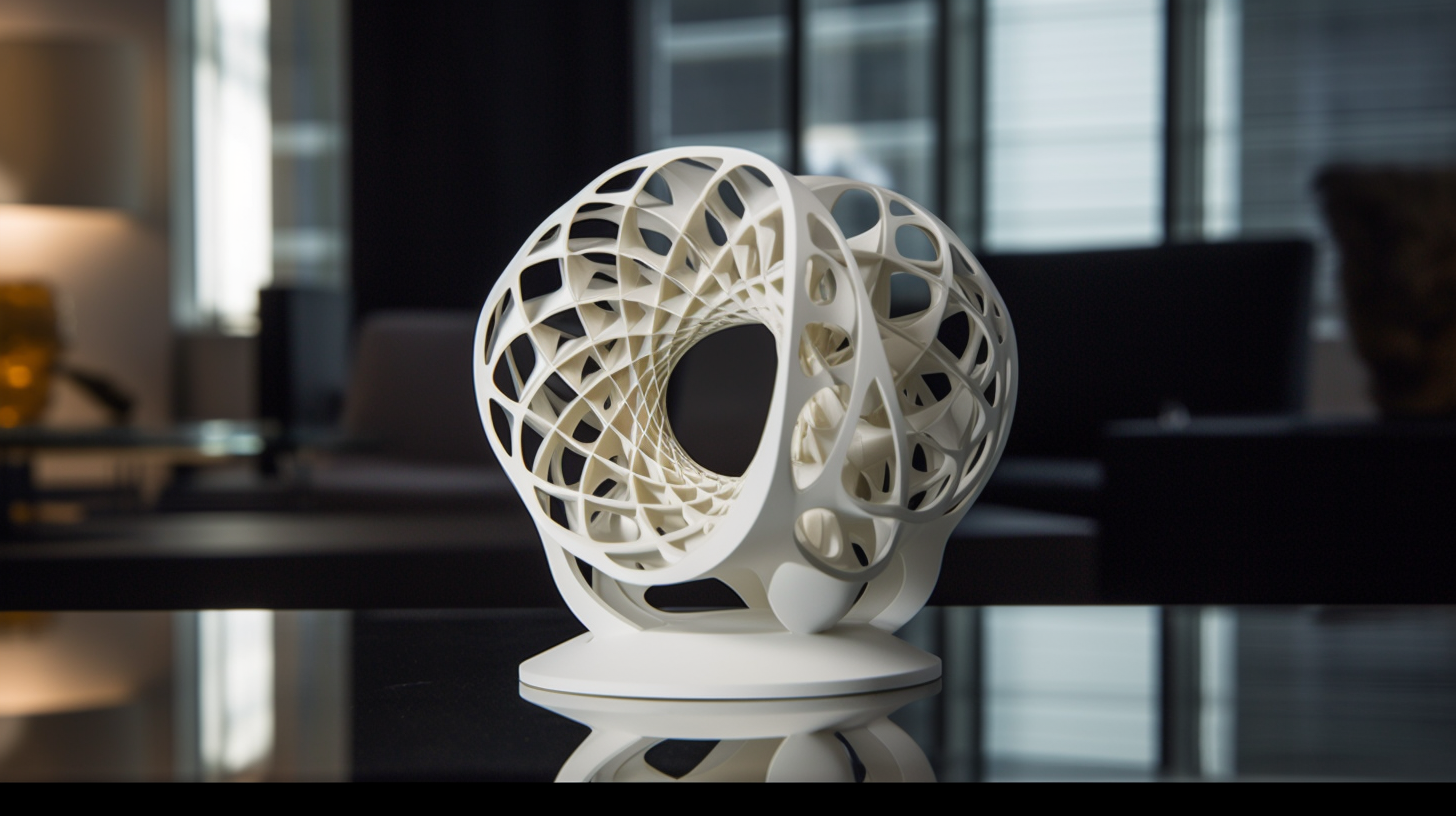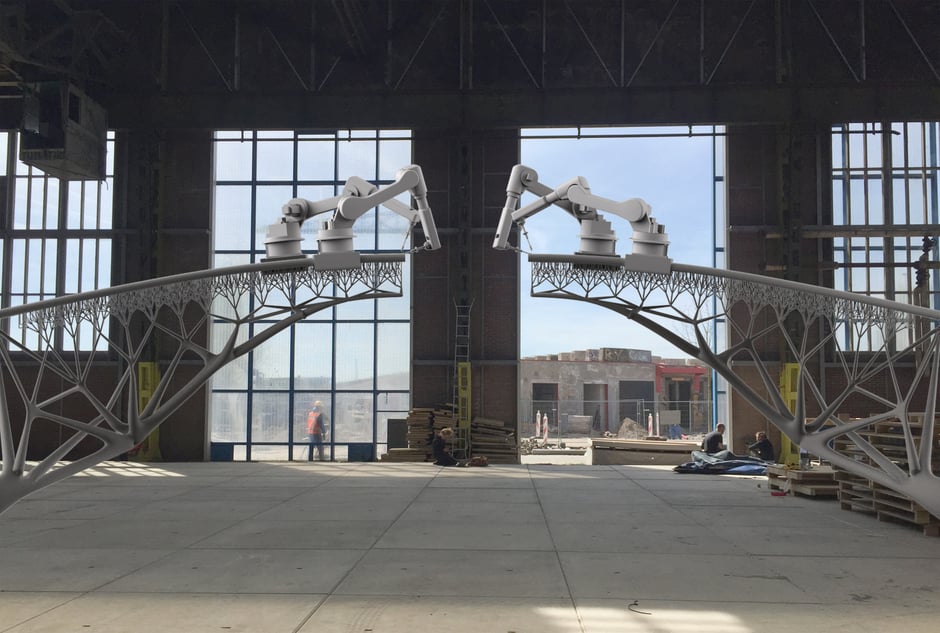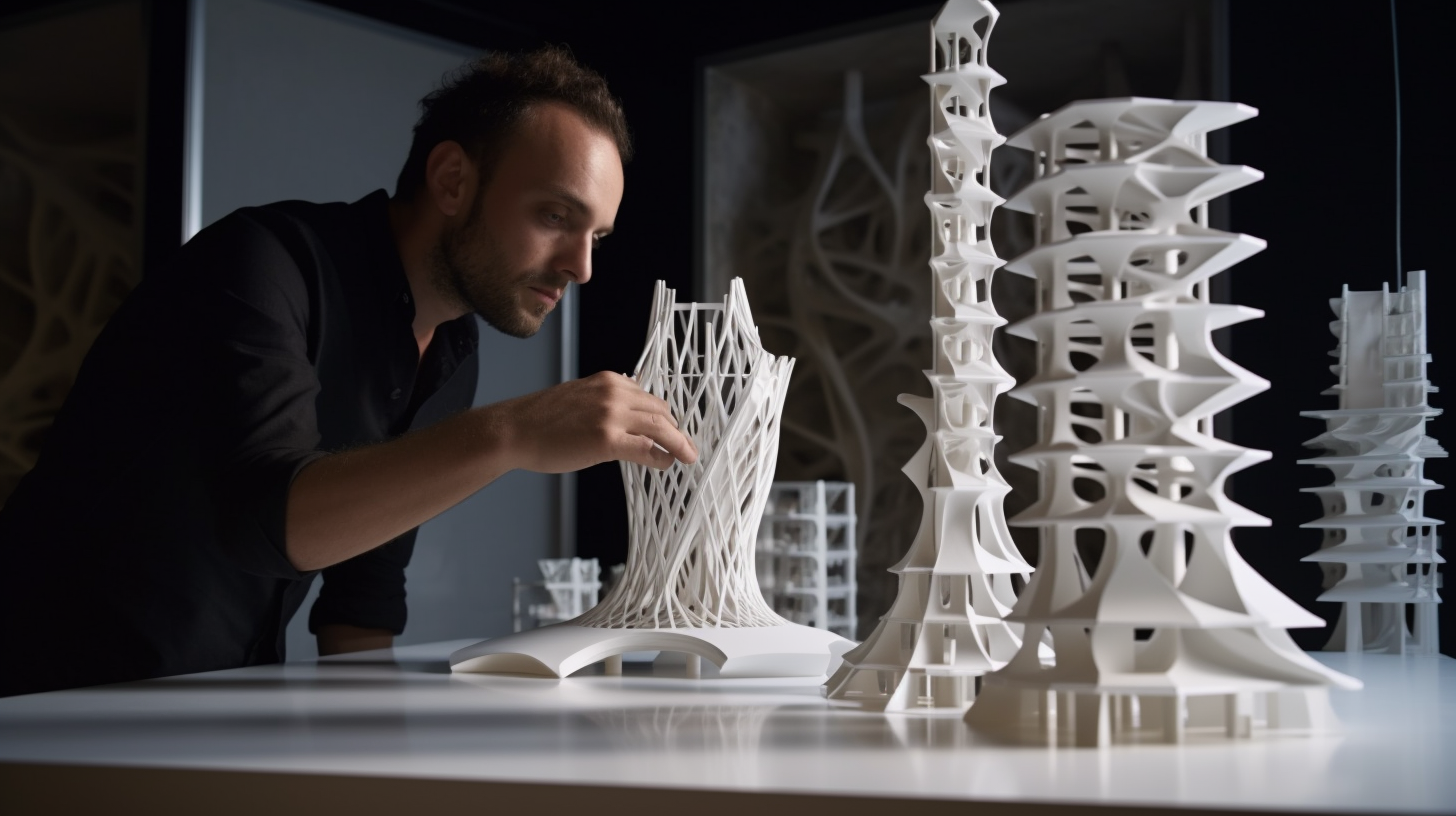The architectural realm is no stranger to evolution, and right now, it's 3D printing that's pioneering the way. This transformative technology is redefining the norms of architectural design and construction, birthing a wave of endless possibilities for architects globally. But what makes 3D printing such a game changer in architecture?
Unveiling the Game-Changer: 3D Printing in Architecture
Known technically as additive manufacturing, 3D printing is a process that transforms a digital file into a three-dimensional object. This groundbreaking technique is bringing a fresh perspective to the architectural field, addressing numerous challenges architects face today like reducing waste, boosting efficiency, and unlocking new design opportunities.
Wondering how 3D printing can actually transform your architectural practice? Let's dig into the benefits of 3D printing in architecture.
Harnessing the Power of 3D Printing in Architecture
-
Infinite Creativity: Ever felt constrained by the limitations of conventional building techniques? 3D printing pushes those boundaries aside, allowing an unparalleled degree of design freedom. This technology facilitates the creation of complex geometries and unique forms that would be practically impossible with traditional methods.
-
Unmatched Efficiency and Precision: 3D printing eradicates the need for multiple steps in the construction process, cutting back both time and cost. Moreover, its precision minimizes errors, leading to projects that are consistently on-time and on-budget.
-
Sustainability Champion: 3D printing enables us to use exactly the required amount of material, reducing construction waste and promoting a sustainable approach in architecture. Some 3D printers can even recycle waste materials into new building components – another step towards a greener future.

The Roadmap to 3D Printing Adoption in Architecture
Step 1: Acquire a 3D Printer
Your journey begins with the cornerstone of this technology: a 3D printer. Depending on your budget and requirements, you can opt for a basic desktop model for small-scale projects or a more sophisticated printer for larger initiatives.
Step 2: Equip Yourself with Necessary Skills
Invest time in mastering 3D modelling and printing. Many workshops and online tutorials are available that provide training in this area. Familiarize yourself with design software like Rhino, AutoCAD, or SketchUp, which are commonly used for creating 3D models.
Step 3: Start Small, Dream Big
Begin with smaller projects to understand the design and printing process better. Gradually, as your comfort and proficiency increase, you can undertake more ambitious projects.
Step 4: Collaborate and Innovate
3D printing opens up numerous avenues for collaboration. Partner with engineers, designers, and materials scientists to challenge the limits of what's possible with 3D printing in architecture.
Now, let's take a look at a remarkable example of 3D printing in architecture.
Architectural Marvel: The MX3D Bridge
One architectural wonder worth mentioning is the MX3D Bridge in Amsterdam. This pedestrian bridge, stretching over one of the city's oldest canals, was 3D printed on-site using robots. It is a testament to the revolutionary potential of 3D printing in not only changing architectural design but also construction techniques.
But is the future of 3D printing in architecture just about enhancing construction practices?
 © Joris Laarman for MX3D
© Joris Laarman for MX3D
The Age of Bio-Based Materials in 3D Printing
As architects, our quest for sustainability is paramount. As part of this endeavor, the search for bio-based and recyclable materials is crucial. Excitingly, 3D printing is at the helm of this movement, as developers explore the potential of materials like PLA (polylactic acid), a biodegradable plastic derived from renewable resources like sugarcane and cornstarch.
In fact, some pioneers are taking it one step further, exploring 3D printing with living materials! Picture structures that could grow, self-repair, and respond to their environment. Such a convergence of biology and architecture could redefine sustainable design.
Venturing New Frontiers: Urban Planning and 3D Printing
Beyond building design and construction, 3D printing holds significant potential for urban planning. With 3D printing, city models, crucial in visualizing and communicating urban design proposals, can be produced quickly, accurately, and cost-effectively. Moreover, they offer an unmatched level of detail, from topography and infrastructure to individual buildings, making them an invaluable tool for informed decision-making in urban design and planning.
 An architect using 3D printed models for his designs.
An architect using 3D printed models for his designs.
Shaping Future Architects: 3D Printing in Architectural Education
To fully harness the potential of 3D printing, we need more than just technological adoption—it demands a shift in our design thinking. That's why it's imperative to incorporate 3D printing into architectural education, training the next generation of architects to design with this technology in mind.
Universities across the globe are taking the lead, offering courses in digital fabrication and 3D printing, with some even providing dedicated labs for students to explore 3D modeling and printing.
 A glimpse into a futuristic architecture class.
A glimpse into a futuristic architecture class.
Concluding Thoughts: Pioneering Architectural Innovation
3D printing is much more than a novel trend; it's an architectural revolution, driving innovative design, efficiency, and sustainability. As architects, we have a unique opportunity to embrace this game-changing technology and harness its limitless potential.
The future of architecture isn't about merely adapting to this change but pioneering it. Let's take the lead in this 3D printing revolution, driving an exciting, sustainable, and creative future in architecture. Because, dear architects, that's how we create lasting impacts in our field.










